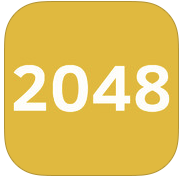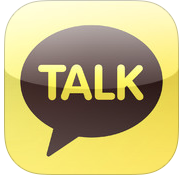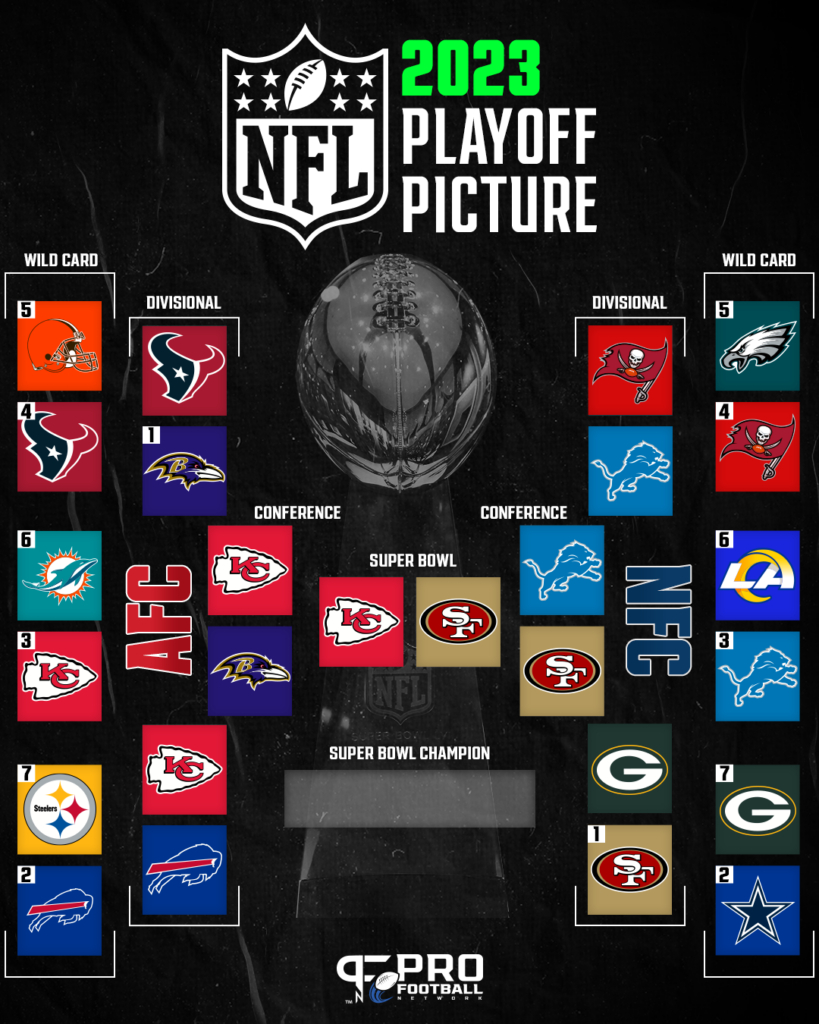New apps come out daily; sometimes it almost seems by the hour. There are so many to choose from, but here are a few that shouldn’t escape your attention this week.
[tabs active=”3″]
[tab title=”Messaging”]
KakaoTalk
I’ve been using KakaoTalk for over a year in order to keep in touch with my Korean friends. It’s a widely used messaging app in Korea, and rightly so. You can easily send text, photos, videos and links to your friends. There are tons of cute emoticons that come with the app to keep conversations interesting. The app also doubles as a phone, where you can call your Kakao friends. You can call up to four people at once in a group call. KakaoTalk is a global app, and can be used to chat with friends anywhere. It’s great to be able to stay in touch with friends that live far away, and all for free. KakaoTalk was advertised by Kpop group BIGBANG and Filipino artist Sarah Geronimo. Although developed in Korea, it is spreading through Asia as a popular messaging app, and I hope that it becomes popular in North America as well. The best part is the app is free, and available internationally.
Available on Google Play and the App Store.
By Sophie Whyte
[/tab] [tab title=”Education”]
Hemingway App
 I don’t know if I’ve ever been so excited over an app. As a journalism student, this is an app sent from the gods. You can copy and paste text into the provided space and it will highlight items of interest, including adverbs, passive voice, and complex words or sentences. It lets you know the number of paragraphs, sentences, words and characters. On top of all that, it tells you the reading level of your material. Right now it is a computer app, and the developers are working on creating a desktop version. This is a perfect app for high school or college students writing essays, or for anyone who writes really. It’s fun to play around and see how you can alter your text to create the exact level you are looking for, whether that be a 5th grade reading level or a college reading level. I know I’ll be using it profusely, and hopefully it will catch on as a mainstream application.
I don’t know if I’ve ever been so excited over an app. As a journalism student, this is an app sent from the gods. You can copy and paste text into the provided space and it will highlight items of interest, including adverbs, passive voice, and complex words or sentences. It lets you know the number of paragraphs, sentences, words and characters. On top of all that, it tells you the reading level of your material. Right now it is a computer app, and the developers are working on creating a desktop version. This is a perfect app for high school or college students writing essays, or for anyone who writes really. It’s fun to play around and see how you can alter your text to create the exact level you are looking for, whether that be a 5th grade reading level or a college reading level. I know I’ll be using it profusely, and hopefully it will catch on as a mainstream application.
Available here.
By Sophie Whyte
[/tab] [tab title=”Games”]
2048
Much like the addictive app Flappy Bird, 2048 is taking the world by storm. Despite its simple outlook, it is incredibly complex.
Developer Gabriele Cirulli published the game 2048 on GitHub about a month ago, but quickly became a top app. 2048 is a one-player puzzle game with the object being to create a tile with the value of 2048. It looks easy on a surface, but it’s quite different when you actually play it.
The first time I played it, I had no idea what the main goal of the game was. I just moved around the grid and saw the cool patterns on the screen until the game was over. Its design is pretty, even though highly minimalistic. I played around with it for a while, to see what added up. But for about first ten rounds around, I never won. Several games later, I finally made my first win by making tile 2048 on the grid.
The game was like Candy Crush meets Tetris meets Rubix cube, but with numbers. The difficulty of this game made it very addictive to play. Whenever I got bored or had nothing to do, I just took out my iPhone and started playing for about 10 minutes.
On the topic of the game’s difficulty making it more fun play, this has been on-going discussion among gamers. Why are hard games better than easy games? Some say that it tests and challenges the player’s determination to the finish, while others say that accomplishment after the hard work leaves the gamer smiling. Good games are supposed to be a work of art that make you think. When you combine two things, artistic merits and intellectualism, into one, you get something that is as successful as 2048 and any other independent games made just for artistic standpoint.
2048 is, by far, the best mobile game of this year. It looks simple on the outside, but has many layers of excitement inside.
Available on the App Store and Google Play.
By Jay Whang
[/tab]
[/tabs]














































































